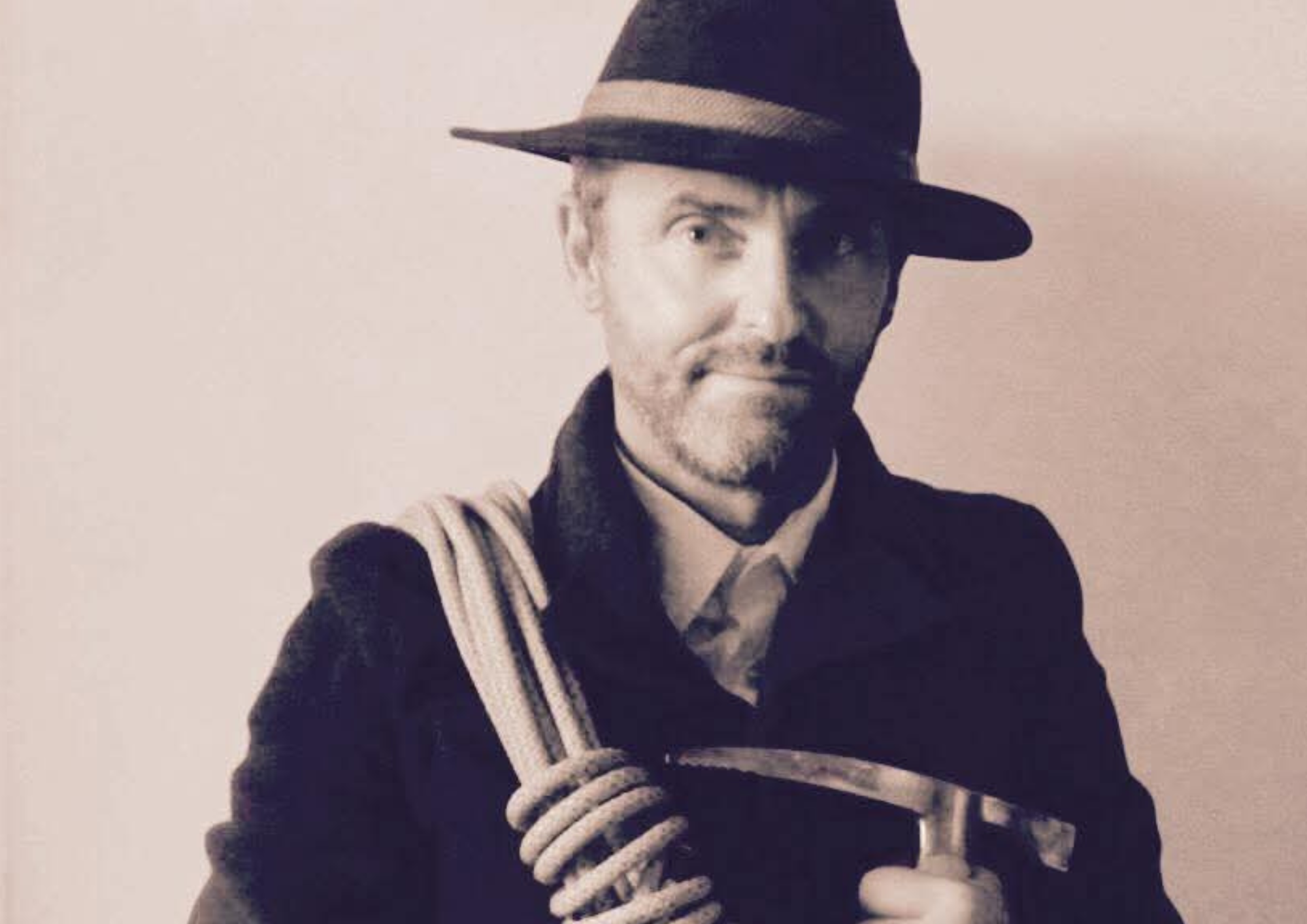Person of the Month: Roberto Iacopelli
29 July 2025
Person of the Month: Roberto Iacopelli
A passion for the mountains, born in his youth, led Roberto Iacopelli – a Bolzano native and internationally certified mountain guide – to explore new routes in the Dolomites, undertake solo climbs in every season, and publish several popular alpine guidebooks.
Mr. Iacopelli, the natural surroundings of the city are spectacular, and more and more visitors are flocking to our peaks and valleys. In your opinion, besides the beauty of the landscape, what is contributing to the recent increase in tourist numbers?
"In my view, there are two main reasons behind the boom we’ve seen over the past five years or so. The first is what I call the post-COVID effect. After the pandemic, there was a strong push to enjoy all sorts of outdoor activities, it’s as if people rediscovered the beauty of being immersed in nature, doing sports or other outdoor pursuits. The second reason reflects a real social shift: the type of person who comes to the mountains now is very different from a few years ago. The mountains have become highly attractive, especially to young people, because there are so many outdoor things to do that contribute, among other things, to physical and mental well-being.”
Besides the average age of visitors, have you noticed other significant differences in those coming to our mountains?
"The approach to the mountains has definitely changed. In the past, hikers were more aware of the environment they were entering — there was a greater respect for the alpine setting, which was still considered wild. Today, the mountains are more accessible, but not everyone is equipped to handle them. Hut keepers, doctors, and rescue personnel from Aiut Alpin and Mountain Rescue are well aware of this, as they sometimes have to intervene in absurd or borderline comical situations. To discourage certain behaviors, Mountain Rescue should be officially recognized as a public service — then the costs of unnecessary interventions could be collected just like traffic fines. This might reduce the number of calls, which, during peak times, can put real strain on the essential work of rescue teams."
Should there then be some kind of limitation on access to high mountain areas?
"There’s no doubt that the environment is under pressure, but it’s hard to 'close' the mountains or impose entry limits as in Venice or a museum, the mountains are, by their nature, open spaces accessible to many. However, there is still a lot that can be done in terms of prevention, such as improving trail information and launching other initiatives. Unfortunately, and as we’re already beginning to see, I believe access limitations will come about due to economic reasons. If demand is high, prices go up, not only for accommodations, but also for food services and lift systems. This trend will continue, especially as over the past few years we've seen an increase in wealthy international tourists visiting our region to see the Dolomites. I also fear that we’ll soon see a big influx of Chinese tourists (and to a lesser extent Arab and Indian visitors), which will further drive up visitor numbers, and with them, prices.”
But is there still a more affordable, family-friendly mountain experience out there?
"Absolutely, you just need to know where to look and be willing to rediscover it. Tourists usually want to visit the most iconic, postcard-like spots they’ve seen in travel magazines. But thanks to their geographic makeup, the Alps — and especially our province, which is made up almost entirely of mid and high mountain terrain — still hide many beautiful trails off the beaten tourist paths, for those who know how to appreciate them."
Image: Roberto Iacopelli, Courtesy of Roberto Iacopelli


